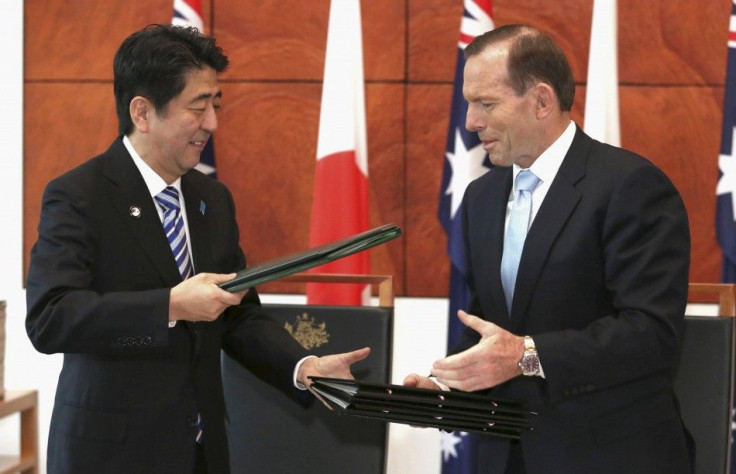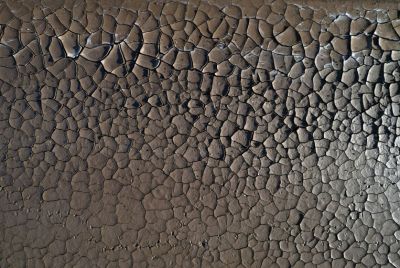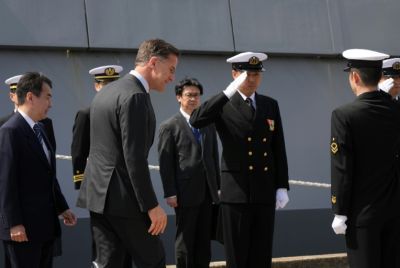Van Kirk--Last of the Hiroshima Bomb Crew Dies

Theodore Dutch Van Kirk, the last surviving member of the crew that dropped atomic bomb on Hiroshima died in Georgia. He was 93.
Van Kirk was just 24 when he became the navigator of Enola Gay. The atomic bomb assault on Japan in 1945 and killed an estimated 140,000 people. But Van Kirk never bore any regrets about the mission and always called it a positive step that helped in ending the Second World War soon.
Profile
Joining the Army Air Corps in October 1941 Van Kirk was posted in England for a few years. The bomb, nicknamed Little Boy, was lobbed on Hiroshima and made history as the first nuclear weapon to be used in any warfare.
It was in August 1944 that Van Kirk was inducted in the 509th Composite Group to be trained for dropping an atomic bomb. For the mission, Van Kirk trained himself in the most powerful aircraft of that time - B-29 Superfortress, which was capable of soaring to an altitude of 38,000 feet.
The Hiroshima mission team was comprised of Kirk, pilot Paul Tibbets and bombardier Tom Ferebee. They were Army's finest gems for high-profile missions.
Van Kirk once said in a public lecture that the main training was to get away from the bomb itself. One of the scientists they met advised that the aeroplane will be safe if it can be some 11 miles away when the bomb explodes. Van Kirk recalled the D Day in an interview. He said hardly anyone slept the previous night. Early in the morning the crew took off from a base at Tinian Island in the Pacific.
After some five hours Van Kirk spotted the Japanese mainland and the city of Hiroshima. The bombardier let off the bomb over the city by detonating it at a height of 1,800 feet above the ground.
After 43 seconds since the bomb left the plane, it exploded with a super bright flash. A series of shockwaves followed and the blast rocked the plane like a piece of metal sheet. Hiroshima was covered with thick black smoke and dust and before the crew could see much, they departed to the base.




















